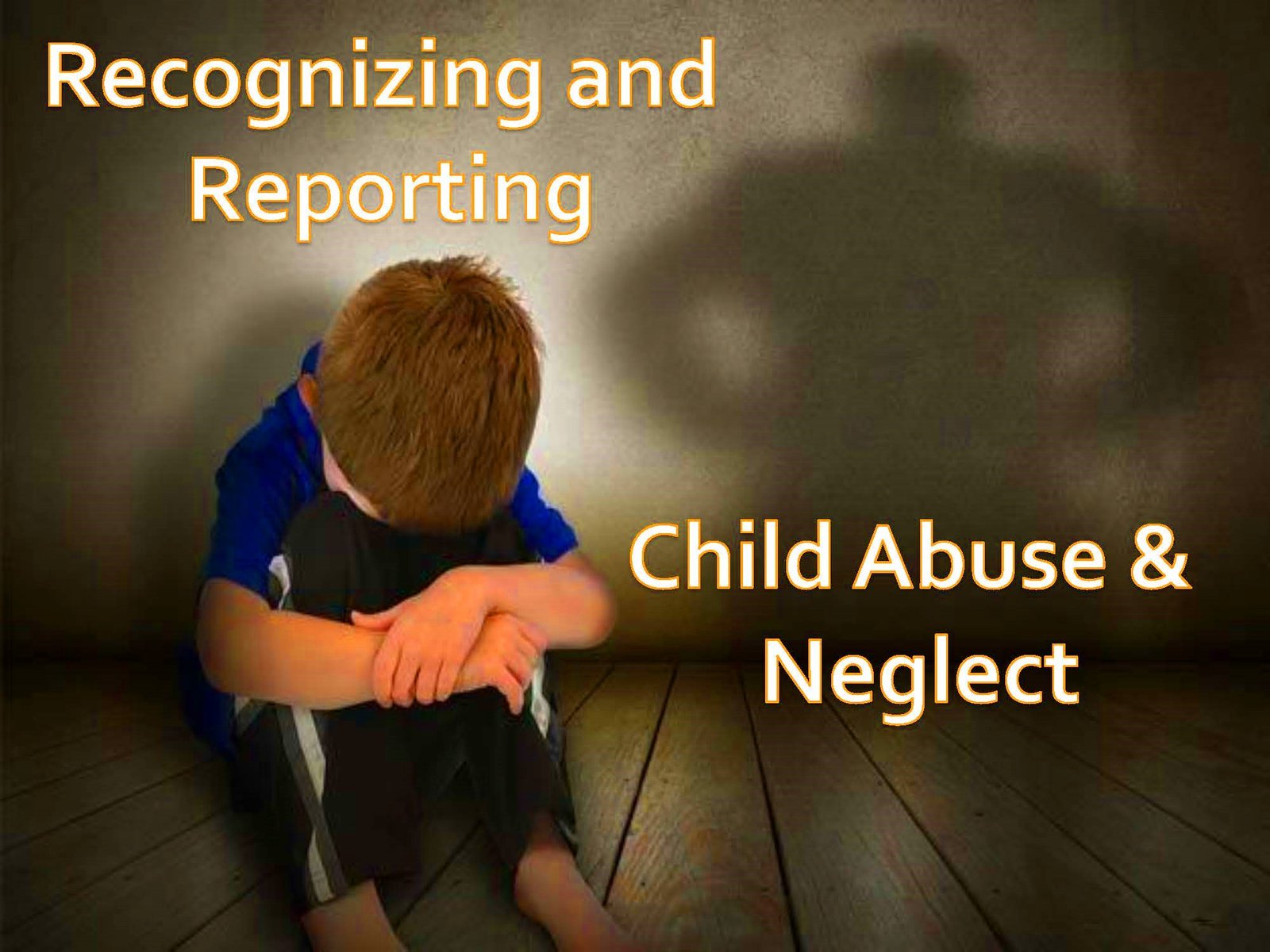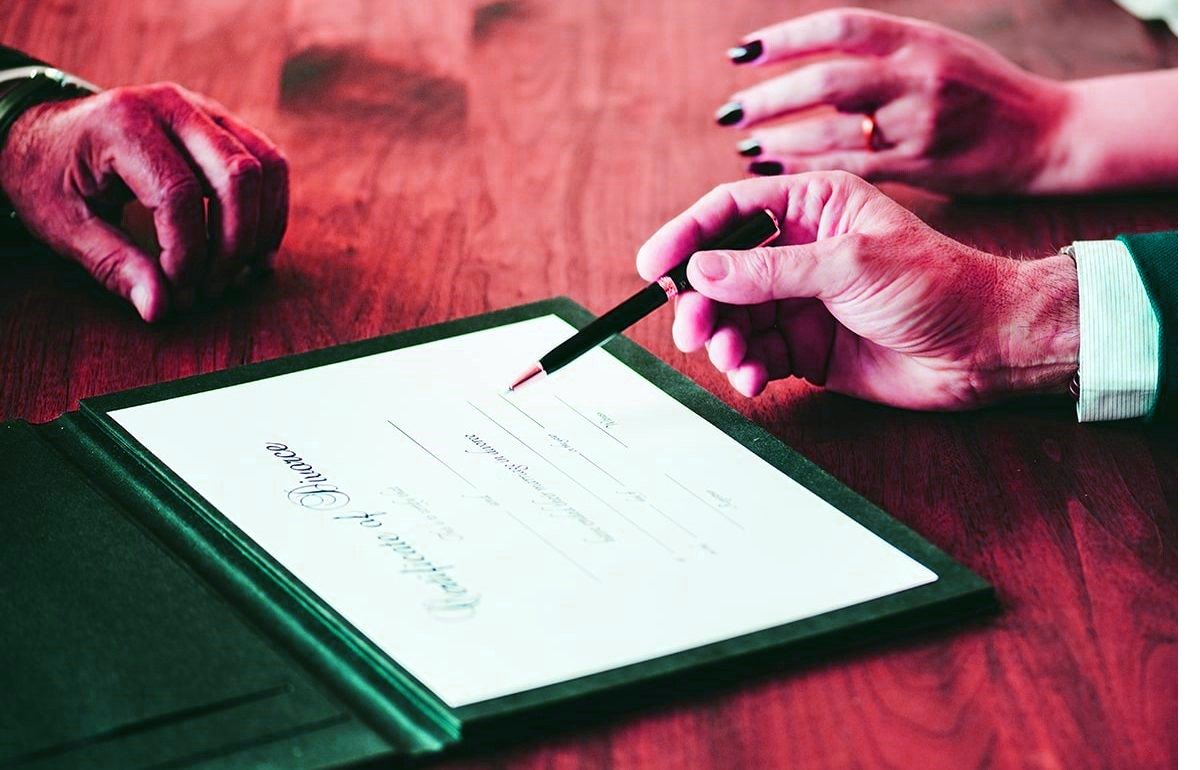Sexual Harassment Laws in the Workplace

Sexual harassment in the workplace is a critical issue that demands our attention. In this article, we will delve into the intricacies of sexual harassment laws, exploring their historical context, legal framework, and impact on both employees and employers.
Historical Context of Sexual Harassment Laws
Understanding the roots of sexual harassment laws is crucial. Over the years, there have been significant milestones in legislation, marking a shift towards recognizing and addressing this issue. Definitions of sexual harassment have evolved, reflecting changing societal norms and attitudes.
Types of Sexual Harassment
Sexual harassment can manifest in various forms. Two primary categories include quid pro quo, where employment benefits are contingent on sexual favors, and a hostile work environment, characterized by pervasive, unwelcome conduct that creates an intimidating or offensive workplace.
Legal Framework and Compliance
The backbone of sexual harassment laws in the United States is Title VII of the Civil Rights Act. Additionally, other laws and acts contribute to a comprehensive legal framework that places responsibility on employers to prevent and address sexual harassment.
Employer Responsibilities
Employers play a crucial role in fostering a safe workplace. Implementing preventive measures and establishing clear reporting procedures are essential components of creating an environment where sexual harassment is not tolerated.
Employee Rights
Employees have rights when it comes to protection from sexual harassment. Understanding these rights empowers individuals to take action against harassment and seek legal recourse when necessary.
Impact of Sexual Harassment on Victims
The consequences of sexual harassment extend beyond the workplace. Victims may experience severe psychological and emotional trauma, and their careers can be adversely affected. It’s imperative to recognize and address these impacts.
Me Too Movement and Its Influence
The Me Too movement has brought significant attention to sexual harassment, prompting a reevaluation of workplace dynamics. Social media has played a pivotal role in amplifying voices and holding perpetrators accountable.
Read More: The Marriage Equality Movement: Legalizing Same-Sex Marriage 2023
Handling Complaints and Investigations
Effective human resources procedures are crucial for handling complaints and conducting thorough investigations. Failing to address complaints appropriately can lead to legal consequences for employers.
Preventing Sexual Harassment Through Training
Workplace training programs are instrumental in preventing sexual harassment. By educating employees about acceptable behavior and reporting mechanisms, organizations can create a culture of respect and accountability.
Cultural Shifts in the Workplace
Promoting inclusivity and encouraging open communication are key to fostering a workplace culture where harassment is not tolerated. Organizations must actively work towards creating environments where diversity is celebrated.
Challenges and Criticisms of Current Laws
Despite progress, there are challenges and criticisms surrounding current sexual harassment laws. Limitations in enforcement and calls for reform highlight the ongoing need for improvement.
Global Perspectives on Sexual Harassment Laws
Sexual harassment laws vary internationally, reflecting cultural nuances and legal frameworks. Understanding these differences is crucial for multinational companies operating in diverse regions.
Future Trends and Emerging Issues
Technological advancements pose new challenges, with harassment taking on digital forms. Additionally, legislative developments continue to shape the landscape of sexual harassment laws, addressing emerging issues and evolving societal norms.
Read More: Review of Legal Documents and Paralegal Assistance
Conclusion
In conclusion, addressing sexual harassment in the workplace requires a multifaceted approach. By understanding the historical context, legal framework, and societal impact, we can work towards creating safer, more inclusive work environments.
FAQs
Are all instances of unwelcome conduct considered sexual harassment?
No, it depends on the severity, frequency, and impact on the victim’s work environment.
What should an employee do if they experience sexual harassment?
Report the incident to their supervisor or HR department immediately.
Can an employer be held liable for the actions of its employees?
Yes, employers can be held liable if they fail to address and prevent sexual harassment.
How can organizations promote a culture of respect and inclusivity?
By implementing comprehensive training programs and fostering open communication.
Are there international standards for addressing sexual harassment?
While there are global principles, specific laws vary by country.











